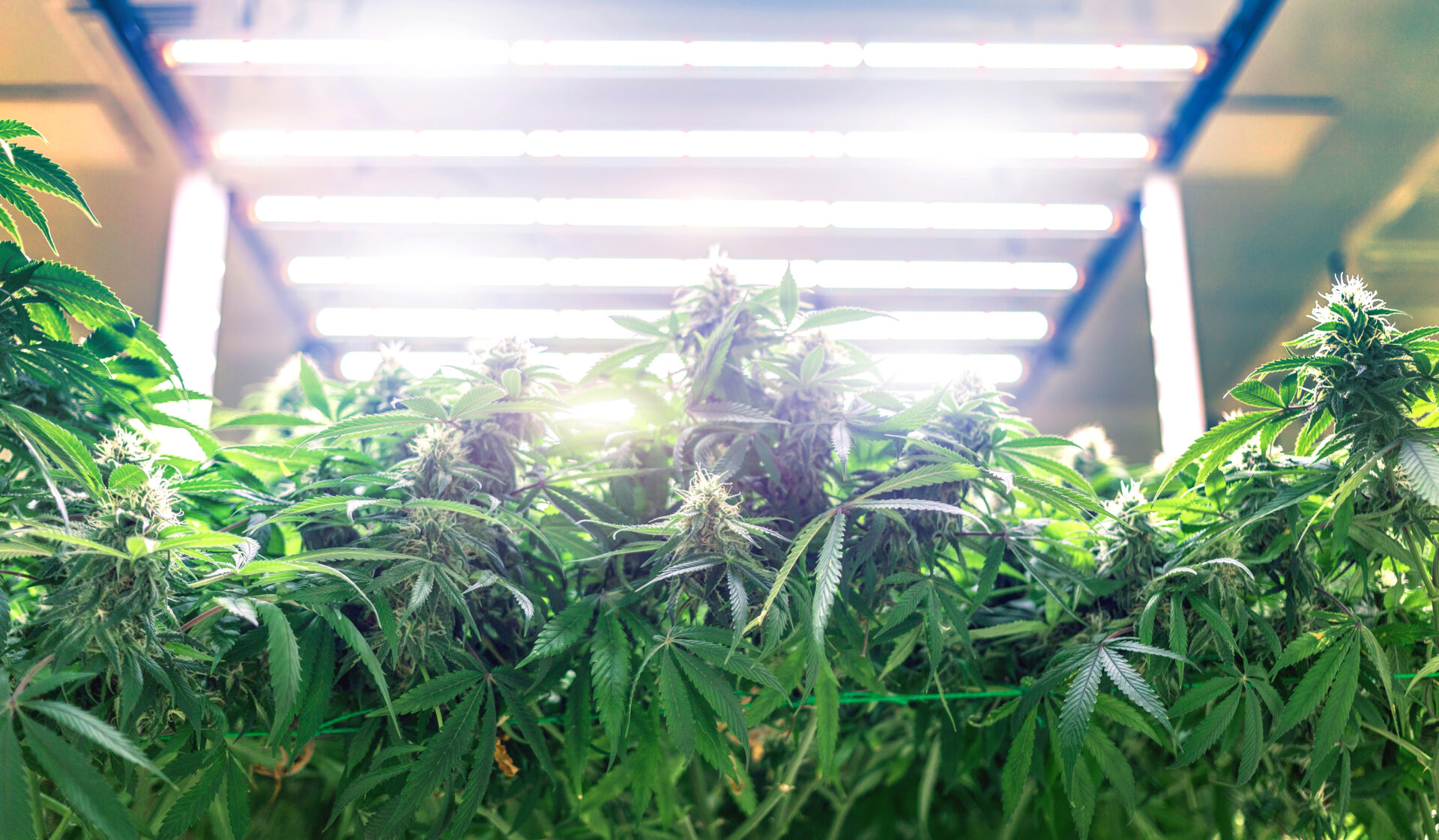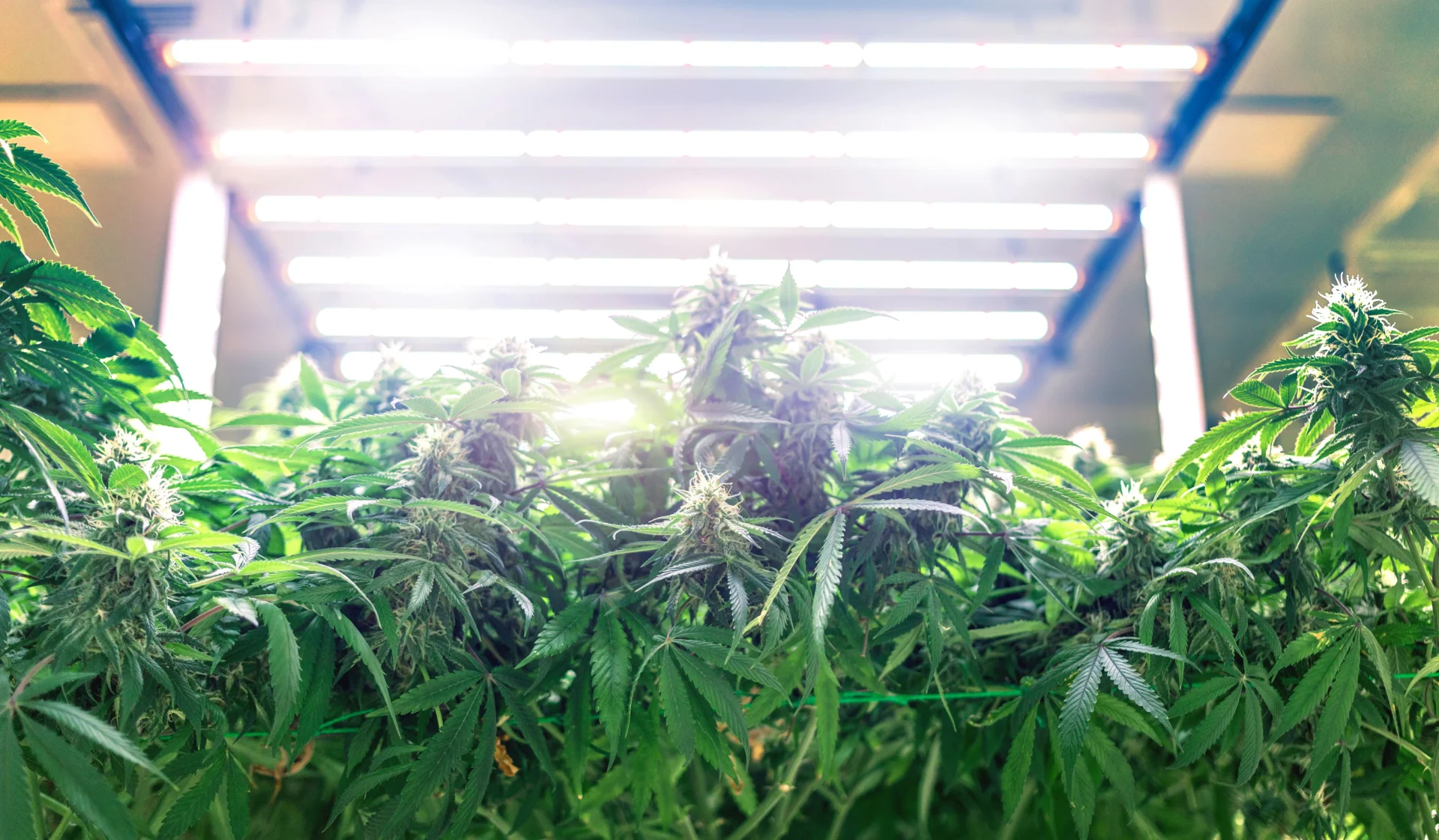Introduction: Why are weeks 9 and 10 so important?
Weeks 9 and 10 mark the late flowering phase in cannabis cultivation. This phase is all about the finishing touches: the flowers fully ripen, resin production reaches its peak and the cannabinoid concentration increases. This article shows you how to create optimal conditions in the final weeks and find the right harvest time.
What happens in the late flowering phase?
In weeks 9 and 10, the plants change in specific ways:
- Flower maturation: The flowers condense and reach their maximum size.
- Trichomes: The resin glands change color from clear to milky or amber.
- Aromas and terpenes: Terpene production increases, which intensifies the aromas.
How do you recognize the right time to harvest?
The ideal harvest time depends on the plant’s visual and chemical signals:
- Trichome untersuchen: Nutze ein Mikroskop, um die Trichome zu betrachten.
- Milky: High THC content.
- Amber colored: More CBN, more relaxing effect.
- Flower hairs: When more than 70 % of the flower hairs are brown or orange, the plant is ready for harvesting.
- Overall appearance: Mature plants have swollen flowers and intensely fragrant aromas.
How do you optimize the environmental conditions?
- Reduce humidity: Keep the humidity below 40% to prevent mold growth.
- Adjust the temperature: Maintain 20-24 °C during the day and 16-18 °C at night.
- Air circulation: Make sure that fans move the air well without blowing directly on the flowers.
Should you rinse before harvesting?
Flushing is important to remove excess nutrients from the medium:
- When? Start about 10 days before harvest.
- How? Rinse the plants with pH-adjusted water (6.0-6.5).
- Why? This improves the taste of the flowers as there are no more fertilizer residues.
What mistakes should you avoid?
- Harvest too early: This leads to immature flowers with low potency.
- Overwatering: Too much water in the last few weeks can stress the roots and reduce the flower quality.
- Poor hygiene: Clean tools and a clean growing area prevent mold and disease.

Conclusion
Weeks 9 and 10 are the peak of your cultivation. With careful monitoring of the plants and optimal care, you can maximize the yield and quality of your harvest. Pay attention to the right signals and avoid common mistakes in order to exploit the full potential of your plants.
1 Why is rinsing before harvesting important?
Rinsing removes excess nutrients, improves the taste of the flowers and ensures a cleaner harvest.
2. how do I recognize that my plants are ready for harvesting?
Look for milky or amber-colored trichomes and at least 70 % discolored flower hairs.
3. what is the ideal temperature in the late flowering phase?
During the day, 20-24 °C and at night 16-18 °C are ideal to prevent mold and promote flower development.
